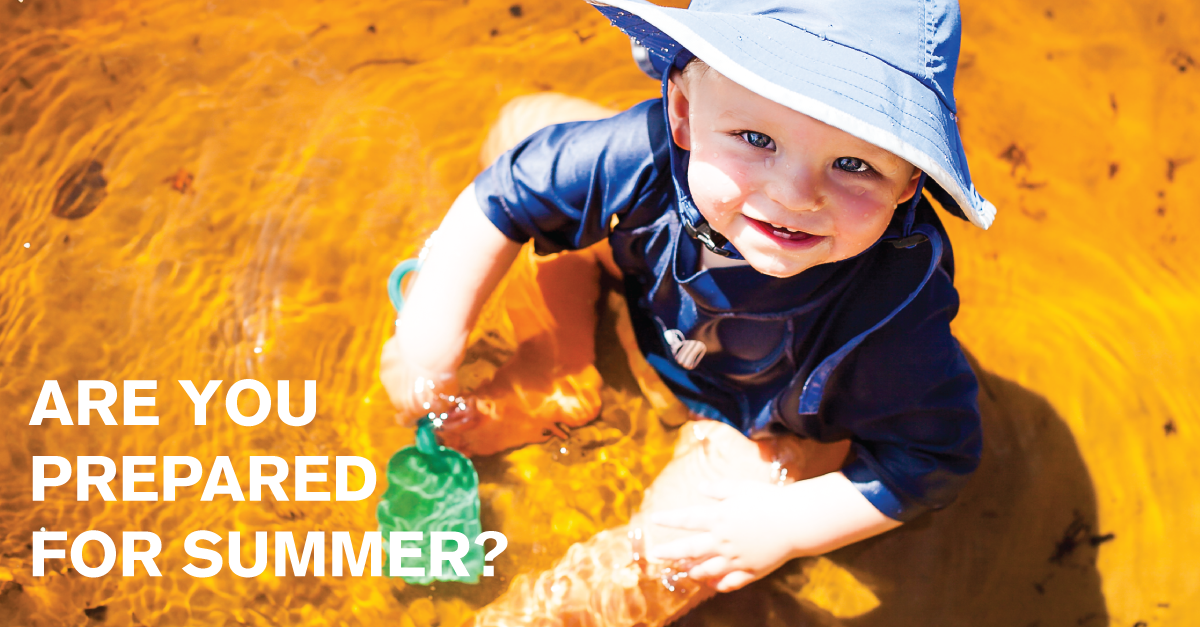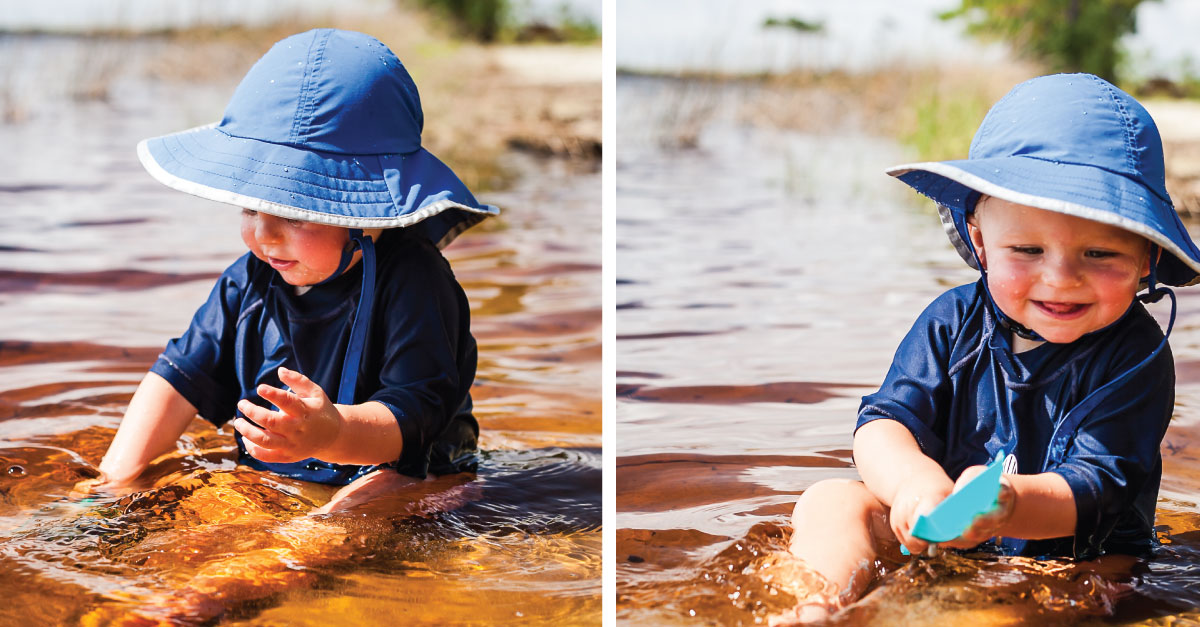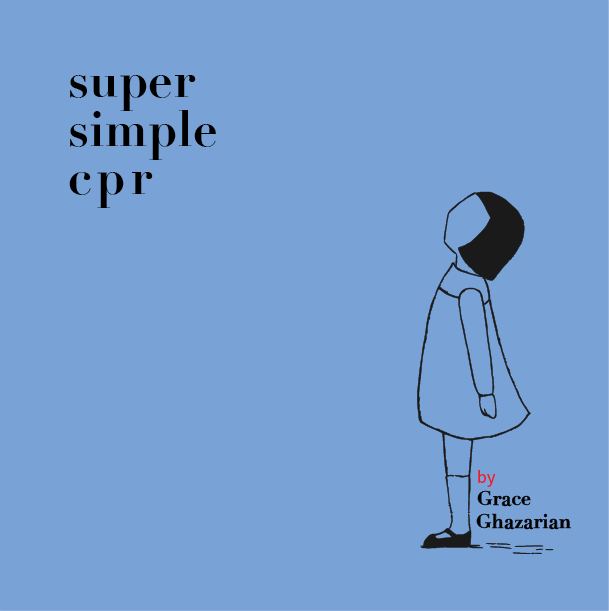5 Things You Might Not Know About Drowning

A little girl drowned last year. What a terrible thought. Our first thought might be to blame whoever was in charge of watching her. You might wonder what led up to this. How did it happen? All great questions, but let me direct your thoughts towards the aftermath.
CLICK HERE FOR YOUR FREE EBOOK
There she is. What’s next? Say you did all the right things. All the preventative measures were taken, but IT STILL HAPPENED! What are we going to do when we find the poor lifeless victim? Here are 5 things you might not know about rescuing a drowning victim. I’ll tell you exactly what you need to focus on and what will NOT be effective.
1. Don’t focus on the water in the lungs.
Is the water in her lungs what made her stop breathing? It seems to make sense, but let’s take a step back and get a bigger picture view of the situation. What does the victim look like now? Purple? Limp? Lifeless? Exactly right! I know it’s scary, but let me guide you through this. At this point, when someone is unresponsive and not breathing, the most important thing to do is pump blood. The victim is probably clinically dead, so we need to focus on pumping blood to the brain to keep it alive until the heart starts again. I talk about this in greater detail in my FREE eBook: SUPER SIMPLE CPR. You can get it by clicking the box below;)
CLICK HERE FOR YOUR FREE EBOOK
2. It might get really messy.
As you start pumping blood, we’re pushing down on the chest. This might trigger some vomiting as a by-product. Don’t let that distract you, though. You will continue doing CPR. If you have someone else to help you, they can turn the victim’s head to the side as they vomit. Just remember we want to minimize any pauses to CPR. Anytime we stop compressions, we’re stopping blood flow to the brain. We want to keep the brain alive by pumping consistently

Featured Photo & This Photo Credit: Andrea Farmer Photography
3. Their color might improve. Keep going.
If you’re doing CPR effectively, you will be circulating semi-oxygenated blood throughout the body. This may improve the victim’s color. Don’t stop unless you know for sure that the victim is breathing. You might hear snoring sounds. That might just be “throat noises” from all the pressure changes during compressions. It’s always safer to give more CPR than not enough. You’ll probably continue doing CPR until help arrives.
4. You can use an AED on a drowning victim.
An AED is an Automated External Defibrillator. If you didn’t know what that meant, don’t worry. That’s why you’re here. I explain the AED in my FREE eBook: SUPER SIMPLE CPR. You can get that for free by clicking the box below!
CLICK HERE FOR YOUR FREE EBOOK
When you use the AED on a drowning victim, just make sure the victim is not lying in a puddle of water and pat them down with a towel before applying the pads. They don’t need to be bone dry, but dry enough for the pads to stick.
5. Designate someone to call 911 immediately.
I had to put this in. It seems obvious, but can be delayed. At the moment you discover the drowning victim, delegate someone to call 911 and stay on the phone with the dispatcher. They are trained to walk you through the steps in case you freeze up. You want help on the way as soon as possible.
What Happened to the little girl?
So, the little girl that drowned last year was fortunate enough to be at the neighborhood pool where a neighbor who knew CPR put her skills to work. Would you be ready to respond if this was your child, a neighbor, or a stranger who needed you? It’s really simple, there’s not a lot to it. Be empowered!
What other questions come up in your mind about drowning? Would you like more resources for drowning prevention?


 Hi, I'm Grace. I help parents feel more confident about CPR and provide research-based resources for healthy families. Read more about me and Precious Hearts
Hi, I'm Grace. I help parents feel more confident about CPR and provide research-based resources for healthy families. Read more about me and Precious Hearts